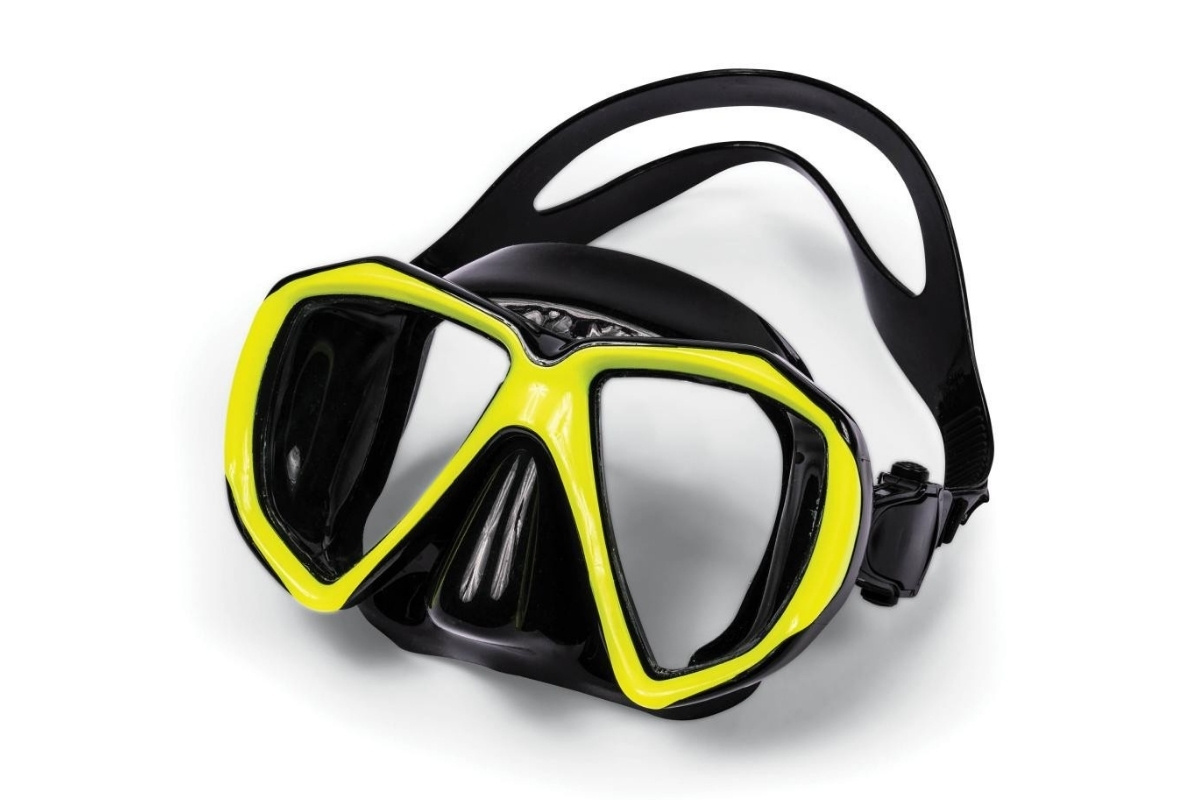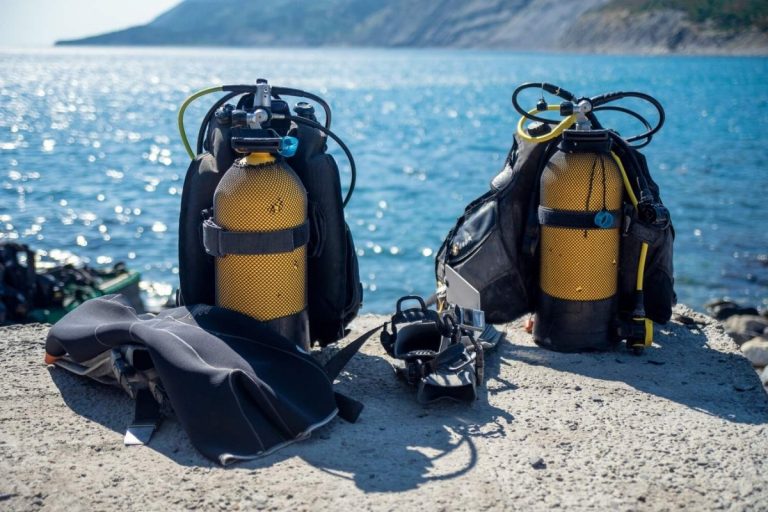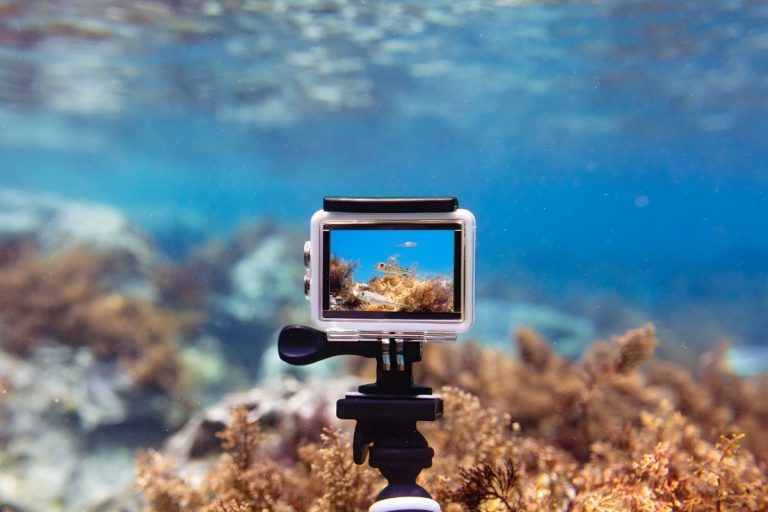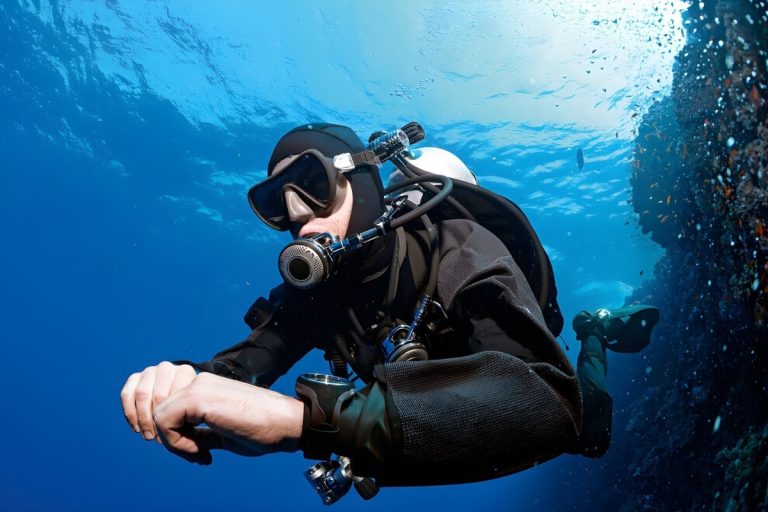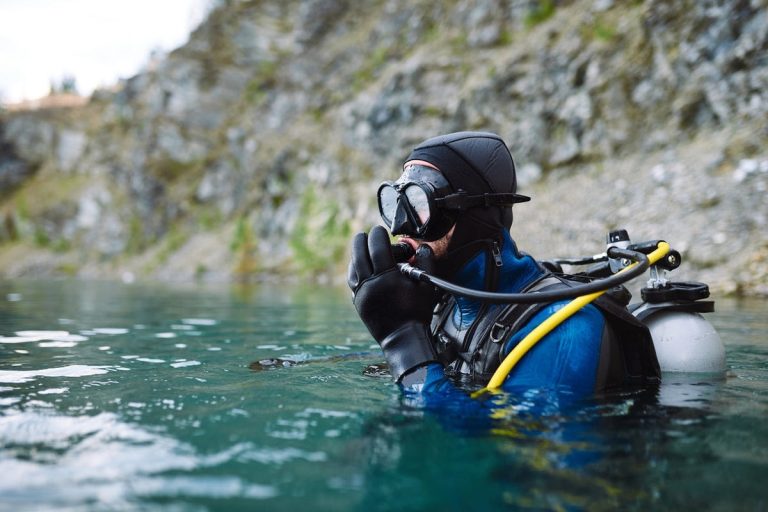- Understanding What Makes a Great Snorkel Mask
- Top Snorkel Masks for Various Experience Levels
- Latest Innovations in Snorkel Masks
- Understanding Lens Types
- Mask Fitting Tips
- Accessories for Enhanced Snorkeling
- Recommendations for Different Conditions
- Care and Maintenance of Snorkel Masks
- Frequently Asked Questions
- Maximizing Your Snorkeling Experience
Understanding What Makes a Great Snorkel Mask
Finding the perfect snorkel mask can transform your underwater experience from frustrating to fantastic. The right mask creates a watertight seal around your face while providing the clearest possible view of the marine world below. A quality mask should feel comfortable during extended wear, resist fogging, and offer a wide field of vision that lets you spot colorful fish and coral formations without constantly turning your head.
Importance of a Proper Fit
The foundation of any great snorkel mask lies in how well it fits your unique face shape. A properly fitted mask creates a gentle suction against your skin without pinching or leaving red marks. The silicone skirt should conform to the contours of your face, creating a watertight barrier that prevents water from seeping in during your underwater exploration. When testing a mask, place it against your face without the strap and inhale gently through your nose. If the mask stays in place, you’ve found a good candidate for your snorkeling adventures.
Key Features to Consider
Modern snorkel masks incorporate several important features that enhance your underwater experience. Look for masks with tempered glass lenses that resist scratching and provide crystal-clear visibility. Adjustable straps with quick-release buckles make it easy to achieve the perfect fit, while low-volume designs reduce the amount of air space inside the mask, making it easier to equalize pressure. Quality masks also feature soft silicone skirts that remain flexible over time and resist degradation from saltwater and UV exposure.
Enhancing Underwater Visibility
Wide-angle visibility transforms your snorkeling experience by expanding your peripheral vision and reducing the tunnel-vision effect of traditional masks. Single-lens designs typically offer the most expansive view, while frameless models sit closer to your face for an even wider field of vision. Some masks incorporate side windows or panoramic designs that further extend your visual range, allowing you to spot marine life approaching from the sides without constantly swiveling your head.
Top Snorkel Masks for Various Experience Levels
Selecting the right mask depends on your experience level, face shape, and specific snorkeling needs. Each mask category serves different preferences, from beginners seeking simple reliability to experienced snorkelers wanting premium features and maximum visibility.
Best Overall: Oceanways SeaDive
The Oceanways SeaDive stands out as an exceptional all-around performer that balances comfort, durability, and visual clarity. This mask features a single-lens design that maximizes your field of view while maintaining a low-profile fit. The soft silicone skirt adapts to various face shapes, creating a reliable seal that prevents leaks during extended snorkeling sessions. Its adjustable strap system allows for quick and easy fitting adjustments, making it suitable for multiple users or changing conditions throughout your underwater adventures.
Best Beginner: Cressi F1
New snorkelers will appreciate the Cressi F1’s user-friendly design and forgiving fit. This mask features a traditional two-lens configuration that many beginners find comfortable and familiar. The wide silicone skirt provides a forgiving seal that accommodates slight fitting imperfections, while the straightforward strap adjustment system makes it easy to achieve a secure fit. The F1’s durable construction withstands the inevitable bumps and drops that come with learning proper mask handling techniques.
Best Custom Fit: Tusa M-1003
The Tusa M-1003 excels at providing a personalized fit for snorkelers with unique facial features or those who struggle to find properly fitting masks. Its advanced skirt design incorporates multiple sealing surfaces that adapt to different face contours, creating a custom-like fit without expensive modifications. The mask’s low-volume design reduces the internal air space, making it easier to clear water and equalize pressure during deeper snorkeling excursions.
Best Comfort: Cressi F-Dual
Extended snorkeling sessions require a mask that remains comfortable throughout your underwater exploration. The Cressi F-Dual features an ultra-soft silicone skirt that eliminates pressure points and reduces the likelihood of leaving marks on your face. Its ergonomic design distributes pressure evenly around the seal, while the cushioned nose pocket prevents discomfort during longer wear periods. The mask’s lightweight construction reduces fatigue and makes it ideal for all-day snorkeling adventures.
Best Wide-View: Scubapro Solo
The Scubapro Solo maximizes your underwater field of view through its innovative single-lens design and minimal frame construction. This mask positions the lens closer to your eyes, expanding your peripheral vision and creating an immersive underwater experience. The frameless design eliminates visual obstructions while maintaining structural integrity through reinforced lens mounting. Its low-volume configuration makes clearing water effortless, while the wide silicone skirt ensures a secure seal across various face shapes.
Latest Innovations in Snorkel Masks
The snorkel mask industry continues advancing with new technologies and design improvements that enhance underwater visibility and comfort. Recent innovations focus on expanding fields of view, improving fit systems, and incorporating materials that resist fogging and degradation.
Tusa M1001 Freedom HD Features
The Tusa M1001 Freedom HD represents cutting-edge mask technology with its expansive single-lens design and premium construction quality. This mask incorporates 180-degree rotating buckles that allow for precise strap positioning and comfortable fit adjustment. The large lens provides an unobstructed view of the underwater environment, while the high-definition glass maintains crystal-clear visibility even in challenging lighting conditions. The mask’s robust construction ensures long-term durability even with frequent use in saltwater environments.
ScubaPro Spectra for Serious Divers
Experienced snorkelers and divers appreciate the ScubaPro Spectra’s premium build quality and exceptional optical clarity. This mask features tempered glass lenses that resist scratching and provide distortion-free viewing, while the adjustable strap system accommodates various head sizes and shapes. The Spectra’s low-volume design makes it suitable for both surface snorkeling and deeper free-diving activities. Its professional-grade construction withstands the rigors of frequent use and challenging marine environments.
Phantom Aquatics Panoramic Mask Benefits
The Phantom Aquatics Panoramic Mask offers exceptional value through its innovative three-lens design that maximizes peripheral vision. This mask incorporates side windows that extend your visual range, allowing you to spot marine life approaching from multiple angles. The tempered glass construction ensures durability and clarity, while the fog-resistant treatment reduces the need for frequent mask clearing. Its budget-friendly price point makes advanced panoramic viewing accessible to recreational snorkelers.
Understanding Lens Types
The lens configuration significantly impacts your underwater viewing experience, affecting everything from field of view to optical clarity. Different lens types serve various preferences and snorkeling styles, each offering unique advantages for different underwater conditions.
Single Lens vs. Double Lens
Single-lens masks provide the widest possible field of view by eliminating the central frame bar that divides traditional two-lens designs. This unobstructed viewing area creates a more immersive underwater experience and reduces the tunnel-vision effect common with narrower masks. However, single-lens designs typically have higher internal volume, requiring more effort to clear water. Double-lens masks offer easier equalization and clearing but sacrifice some peripheral vision for improved functionality and often lower cost.
Frameless Designs for Better Fit
Frameless masks eliminate the rigid plastic frame around the lens, allowing the silicone skirt to sit closer to your face and expand your field of view. This design creates a more compact profile that reduces drag while swimming and provides better peripheral vision. The flexible construction adapts better to various face shapes, often creating a more comfortable and secure seal. Frameless designs also tend to have lower internal volume, making them easier to clear and more suitable for free-diving activities.
Benefits of Tempered Glass Lenses
Tempered glass lenses provide superior optical clarity and scratch resistance compared to plastic alternatives. This safety glass breaks into small, relatively harmless pieces if damaged, rather than creating dangerous sharp shards. Tempered glass maintains its clarity over time and resists the clouding that can affect plastic lenses exposed to saltwater and UV radiation. The superior optical properties of tempered glass reduce distortion and provide true color representation of the underwater environment.
Mask Fitting Tips
Proper mask fitting ensures comfort, prevents leaks, and maximizes your underwater visibility. A well-fitted mask should feel secure without being uncomfortably tight, creating a watertight seal that allows you to focus on exploring rather than constantly adjusting your equipment.
How to Properly Fit Your Mask
Start by placing the mask against your face without the strap, ensuring the silicone skirt contacts your skin evenly around the entire perimeter. Inhale gently through your nose to create suction that holds the mask in place. If the mask stays positioned without the strap, you’ve found a good fit candidate. Next, position the strap and adjust it until the mask feels secure but not overly tight. The strap should sit comfortably on the back of your head, not pulling down on your ears or creating pressure points.
Skirt Color Preferences and Their Impact
Mask skirt color affects both your underwater experience and the behavior of marine life around you. Clear or light-colored skirts allow more ambient light to reach your peripheral vision, creating a brighter and more open feeling underwater. However, this increased light can sometimes cause distracting reflections or glare. Dark-colored skirts reduce internal reflections and glare, providing better contrast for photography and clearer vision in bright conditions. Black skirts also appear less threatening to marine life, potentially allowing closer encounters with fish and other sea creatures.
Common Fitting Mistakes to Avoid
Many snorkelers make the mistake of over-tightening their mask strap, thinking this prevents leaks. Actually, excessive tightness can distort the silicone skirt and create gaps that allow water entry. The strap should be snug enough to maintain the seal but loose enough that you can slide a finger underneath. Another common error involves choosing a mask based solely on appearance rather than fit. Always prioritize proper sealing and comfort over color or style preferences. Additionally, avoid masks that leave red marks or create pressure points, as these indicate poor fit that will become uncomfortable during extended use.
Accessories for Enhanced Snorkeling
Quality accessories complement your snorkel mask and improve your overall underwater experience. These additions address common challenges like strap comfort, fogging issues, and equipment maintenance, helping you get the most from your snorkeling adventures.
Neoprene Strap Covers Benefits
Neoprene strap covers transform the comfort level of your snorkel mask by cushioning the strap against your head and preventing hair pulling. These covers distribute strap pressure more evenly, reducing the likelihood of headaches during extended snorkeling sessions. Neoprene also provides better grip, preventing the strap from sliding and requiring constant readjustment. The material’s insulating properties help maintain warmth around your head in cooler water conditions, while the added padding makes wearing the mask more comfortable over wetsuits or thick hair.
Anti-Fog Solutions to Consider
Fogging inside your mask can quickly ruin an otherwise perfect snorkeling experience. Commercial anti-fog solutions create a thin film on the lens interior that prevents water vapor from condensing into vision-blocking droplets. Many snorkelers swear by the traditional method of spitting on the lens interior and rubbing it around before rinsing, as saliva contains natural surfactants that reduce surface tension. Regular cleaning with toothpaste can also help prepare new masks by removing manufacturing residues that contribute to fogging problems.
Importance of Maintenance Tools
Proper maintenance tools extend your mask’s lifespan and ensure optimal performance throughout its service life. A dedicated mask cleaning brush helps remove salt deposits and organic buildup from hard-to-reach areas around the skirt and lens mounting. Silicone lubricant keeps the skirt flexible and prevents cracking, while lens cleaning cloths maintain optical clarity without scratching. A protective case prevents damage during transport and storage, particularly important for masks with delicate frameless designs or large single lenses.
Recommendations for Different Conditions
Different snorkeling environments and conditions require specific mask features and considerations. Understanding how water temperature, visibility, and tidal conditions affect your equipment choices helps you select the most appropriate mask for your planned adventures.
Choosing Masks Based on Water Conditions
Clear tropical waters allow you to appreciate the full benefits of wide-view masks with large lenses and minimal frames. These conditions favor masks that maximize your field of view and provide the clearest possible optics for observing marine life and coral formations. In murkier or darker waters, masks with better light transmission and reduced internal reflections become more important. Consider masks with clear or lightly tinted skirts that allow more ambient light to reach your peripheral vision, improving your overall underwater awareness in challenging visibility conditions.
Best Practices for Cold Water Snorkeling
Cold water snorkeling presents unique challenges that affect mask selection and use. Thicker wetsuits and hoods can interfere with mask fit, requiring careful attention to strap positioning and seal integrity. The increased density of cold water also affects buoyancy and may require different equalization techniques. Choose masks with comfortable, wide skirts that seal effectively even when compressed by thick neoprene gear. Consider masks with lower internal volume that clear more easily, as cold water can make mask clearing more challenging and uncomfortable.
Adapting to Tidal Changes
Understanding tidal patterns becomes crucial when planning snorkeling excursions, as changing water levels affect both access to snorkeling spots in Hong Kong and underwater visibility. Rising tides often bring clearer water from offshore, while falling tides can stir up sediment and reduce visibility. Your mask choice should account for these changing conditions, with wider-view designs helping you maintain awareness of your surroundings when visibility decreases. Consider masks that perform well in varying light conditions, as tidal changes can significantly affect underwater illumination throughout your snorkeling session.
Care and Maintenance of Snorkel Masks
Proper care and maintenance preserve your mask’s performance and extend its useful life significantly. Regular cleaning, appropriate storage, and timely replacement of worn components ensure your mask continues providing clear vision and reliable sealing for years of snorkeling enjoyment.
Cleaning Techniques for Optimal Performance
Thorough cleaning after each use prevents salt buildup and organic growth that can degrade your mask’s performance. Rinse your mask immediately with fresh water after snorkeling, paying special attention to the areas where the skirt meets the lens and around adjustment buckles. Use a soft brush to gently scrub away any stubborn deposits, but avoid harsh chemicals that might damage the silicone. For deeper cleaning, mild dish soap effectively removes oils and organic residues without harming the materials. When learning how to care for silicone and tempered glass masks, remember that proper cleaning techniques prevent permanent damage and maintain optical clarity.
Storage Tips to Extend Lifespan
Proper storage protects your mask from damage and premature aging. Store your mask in a cool, dry place away from direct sunlight, as UV radiation can degrade silicone over time. Avoid placing heavy objects on top of the mask, which can distort the skirt and affect its sealing ability. Consider using a dedicated mask box or case that protects the lens from scratches while allowing air circulation. Never store a wet mask in an enclosed space, as trapped moisture can promote mold and mildew growth that damages the silicone and creates unpleasant odors.
Identifying Damage and When to Replace
Regular inspection helps identify wear patterns and damage before they compromise your mask’s performance. Check the silicone skirt for small tears, permanent deformation, or areas where it no longer lies flat against your face. Examine the lens for scratches, chips, or cracks that could impair vision or weaken the glass. Strap deterioration, including fraying, stretching, or buckle damage, can lead to sudden failure during use. Replace your mask when the skirt no longer seals properly, the lens becomes significantly scratched, or any structural damage appears that could affect safety or performance.
Frequently Asked Questions
What should I look for in a snorkel mask?
Key features to consider include a comfortable fit, tempered glass lenses for clarity, adjustable straps, and a design that enhances wide-angle visibility.
How do I ensure a proper fit for my snorkel mask?
Place the mask against your face without the strap, inhale gently through your nose to create suction; if it stays in place, it fits well.
What are the benefits of single-lens masks?
Single-lens masks provide the widest field of view and reduce the tunnel-vision effect, creating a more immersive experience.
How can I prevent fogging in my snorkel mask?
Use anti-fog solutions, or consider traditional methods like spitting on the lens and rinsing, to prevent fogging.
What is the best way to maintain my snorkel mask?
Rinse with fresh water after use, store it properly away from sunlight, and regularly inspect for damage to ensure longevity.
Maximizing Your Snorkeling Experience
Choosing the right snorkel mask is essential for enjoying the underwater world to its fullest. By understanding fit, design features, and maintenance, you can enhance your snorkeling adventures and ensure a clear view of the vibrant marine life.
